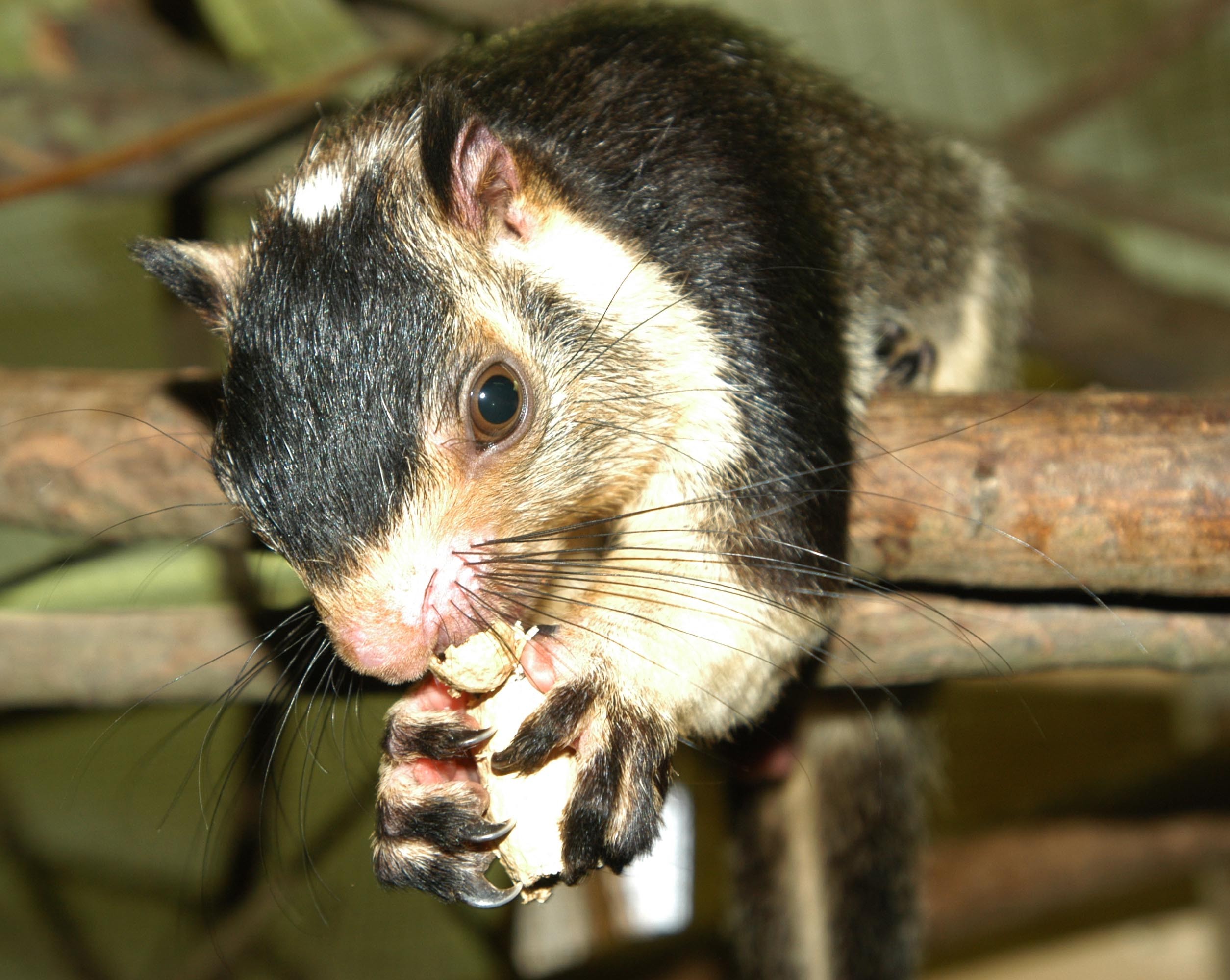Langhian Extinctions on:
[Wikipedia]
[Google]
[Amazon]
The Langhian is, in the

PDF
Neogene timescale
at the website of the subcommission for stratigraphic information of the ICS
Neogene timescale
at the website of the Norwegian network of offshore records of geology and stratigraphy {{Geological history, p, c *03 Miocene geochronology Geological ages
ICS
ICS may refer to:
Computing
* Image Cytometry Standard, a digital multidimensional image file format used in life sciences microscopy
* Industrial control system, computer systems and networks used to control industrial plants and infrastructu ...
geologic timescale
The geologic time scale, or geological time scale, (GTS) is a representation of time based on the rock record of Earth. It is a system of chronological dating that uses chronostratigraphy (the process of relating strata to time) and geochronol ...
, an age or stage in the middle Miocene Epoch/ Series. It spans the time between 15.97 ± 0.05 Ma and 13.65 ± 0.05 Ma (million years ago) during the Middle Miocene
The Middle Miocene is a sub-epoch of the Miocene Epoch made up of two stages: the Langhian and Serravallian stages. The Middle Miocene is preceded by the Early Miocene.
The sub-epoch lasted from 15.97 ± 0.05 Ma to 11.608 ± 0.005 Ma (million y ...
.GeoWhen (2007)
The Langhian was a continuing warming period defined by Lorenzo Pareto in 1865, it was originally established in the Langhe area north of Ceva in northern Italy, hence the name. The Langhian is preceded by the Burdigalian and followed by the Serravallian Stage.
Stratigraphic definition
The base of the Langhian is defined by the first appearance of foraminifer species ''Praeorbulina glomerosa'' and is also coeval with the top of magnetic chronozone C5Cn.1n. A GSSP for the Langhian Stage was not yet established in 2009. The top of the Langhian Stage (the base of the Serravallian Stage) is at the first occurrence of fossils of the nanoplankton species ''Sphenolithus heteromorphus'' and is located in magnetic chronozone C5ABr. The Langhian is coeval with the Orleanian and Astaracian European Land Mammal Mega Zones (more precisely: with biozones MN5 and MN6, MN6 starts just below the Langhian-Serravallian boundaryPalaeos (2003)), with the upper Hemingfordian to mid- Barstovian North American Land Mammal Ages, with mid-Relizian to Luisian Californian regional stages (the Luisian extends barely into the early Serravallian), with the early-mid BadenianParatethys
The Paratethys sea, Paratethys ocean, Paratethys realm or just Paratethys was a large shallow inland sea that stretched from the region north of the Alps over Central Europe to the Aral Sea in Central Asia.
Paratethys was peculiar due to its pa ...
stage of Central and eastern Europe, with the Tozawan stage in Japan
Japan ( ja, 日本, or , and formally , ''Nihonkoku'') is an island country in East Asia. It is situated in the northwest Pacific Ocean, and is bordered on the west by the Sea of Japan, while extending from the Sea of Okhotsk in the north ...
(which runs barely into the early Serravallian), with the late Batesfordian through Balcombian to early Bairnsdalian Australia
Australia, officially the Commonwealth of Australia, is a Sovereign state, sovereign country comprising the mainland of the Australia (continent), Australian continent, the island of Tasmania, and numerous List of islands of Australia, sma ...
n stages and with the mid-Cliffdenian to mid-Lillburnian New Zealand stages.
Paleontology
Reptiles
* Turtles: ''Meiolania brevicollis
''Meiolania'' ("small roamer") is an extinct genus of meiolaniid stem- turtle native to Australasia from the Middle Miocene to Late Pleistocene and possibly Holocene. It is best known from fossils found on Lord Howe Island, though fossils are ...
''
Cartilaginous fish
Sharks, rays, skates and relatives *Chlamydoselachidae
''Chlamydoselachus'' is a genus of sharks and the sole extant member of the family Chlamydoselachidae, in the order Hexanchiformes. It contains two extant and several extinct species. The most widely known species still surviving is the frilled ...
: †''Chlamydoselachus tobleri
''Chlamydoselachus'' is a genus of sharks and the sole extant member of the family Chlamydoselachidae, in the order Hexanchiformes. It contains two extant and several extinct species. The most widely known species still surviving is the frilled s ...
''
* Hexanchidae: '' Hexanchus griseus'' (includes ''"H. andersoni"'' and ''"H. gigas"''), '' Hexanchus nakamurai'' (includes ''"H. vitulus"''), ''Notorynchus cepedianus
The broadnose sevengill shark (''Notorynchus cepedianus'') is the only extant member of the genus ''Notorynchus'', in the family Hexanchidae. It is recognizable because of its seven gill slits, while most shark species have five gill slits, with ...
'' (includes ''"N. kempi"'' and ''"N. primigenius"'')

Mammals
* Perissodactyla ** Rhinocerotidae: †''Dicerorhinus sansaniensis
''Dicerorhinus'' (Greek: "two" (dio), "horn" (keratos), "nose" (rhinos)) is a genus of the family Rhinocerotidae, consisting of a single extant species, the two-horned Sumatran rhinoceros (''D. sumatrensis''), and several extinct species. The gen ...
''
* Rodentia
** Cricetidae: †'' Karydomys''
** Sciuridae: †'' Palaeosciurus'', ?'' Ratufa''
Climate
In August 2021, the 6th IPCC report indicated that global temperature was 4°C– 10°C warmer during the Miocene Climatic Optimum (16.9-14.7 Ma ago) than 1850-1900.See also
* Middle Miocene disruption * Nördlinger Ries impact craterReferences
Footnotes
Literature
*; 2004: ''A Geologic Time Scale 2004'', Cambridge University Press. *; 1865: ''Note sur les subdivisions que l'on pourrait établir dans les terrains tertaires de l'Apennin septentrional'', Bulletin de la Société Géologique de France 2(22), p. 210-277External links
at the website of the subcommission for stratigraphic information of the ICS
Neogene timescale
at the website of the Norwegian network of offshore records of geology and stratigraphy {{Geological history, p, c *03 Miocene geochronology Geological ages